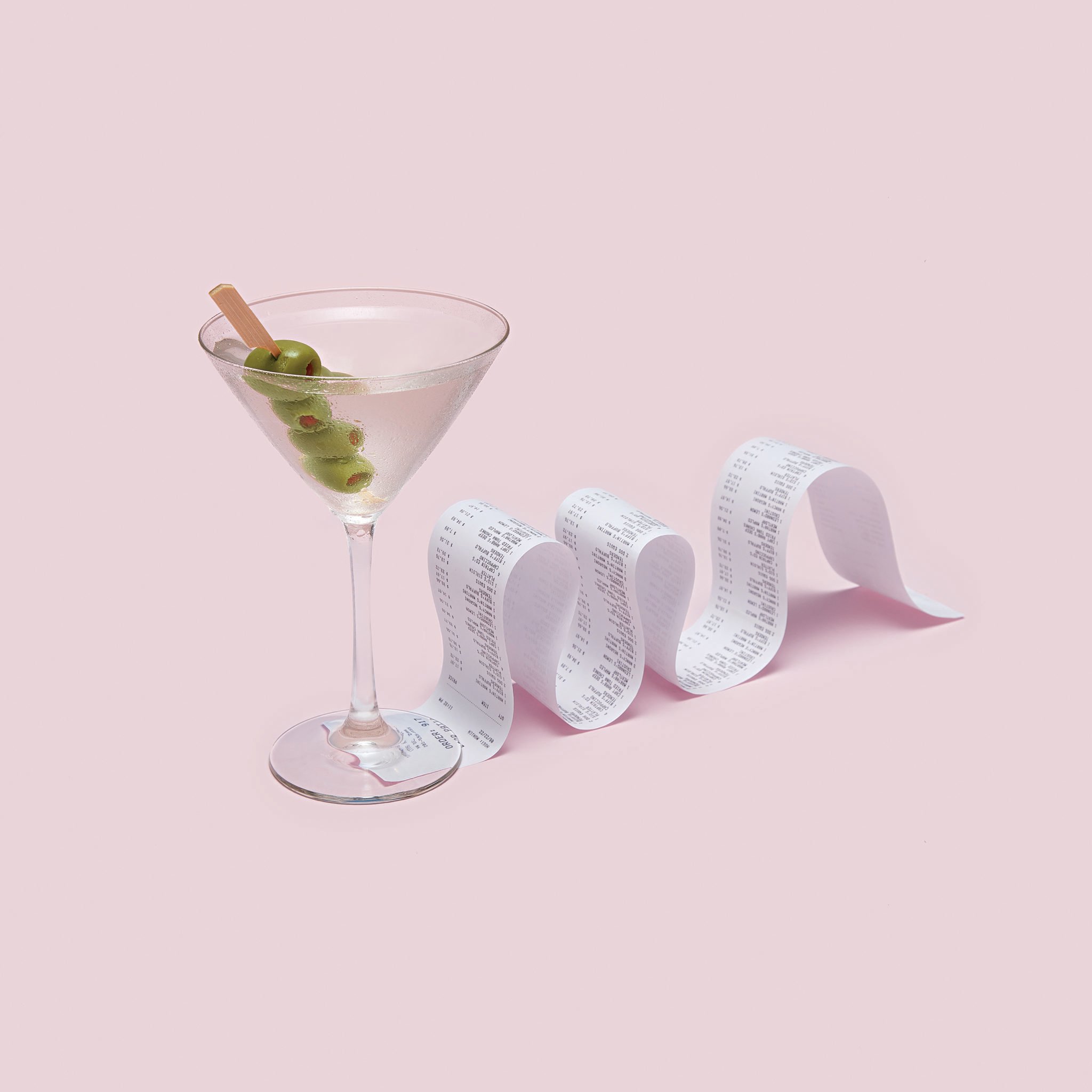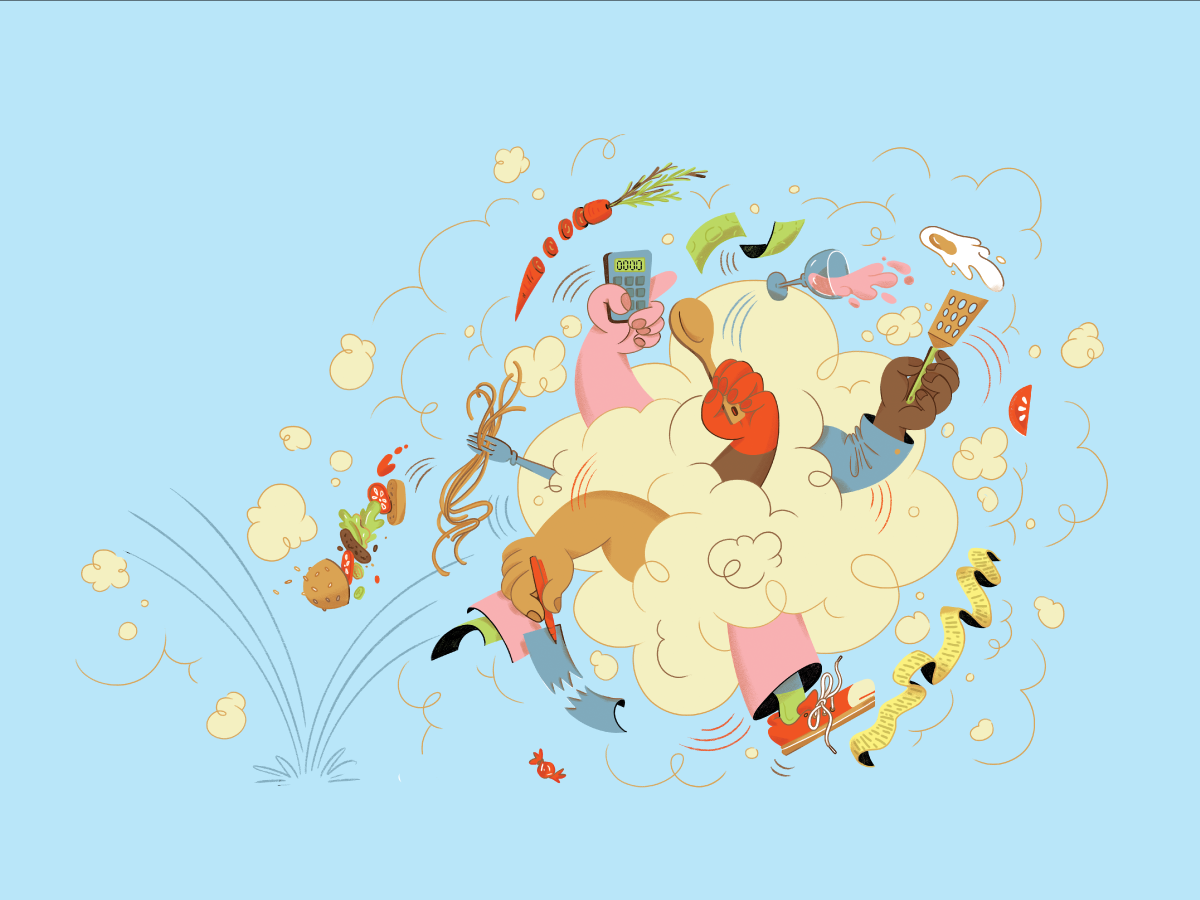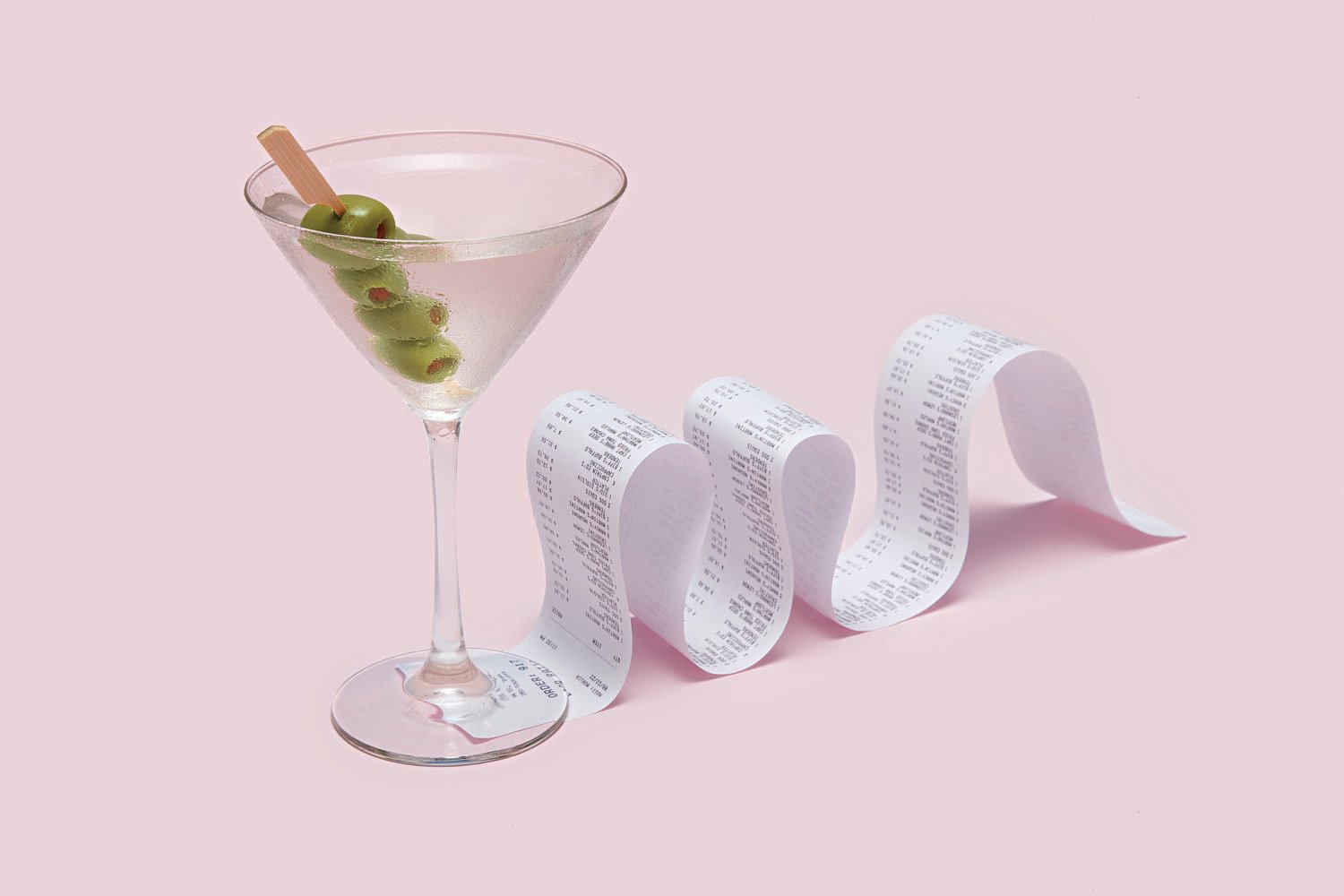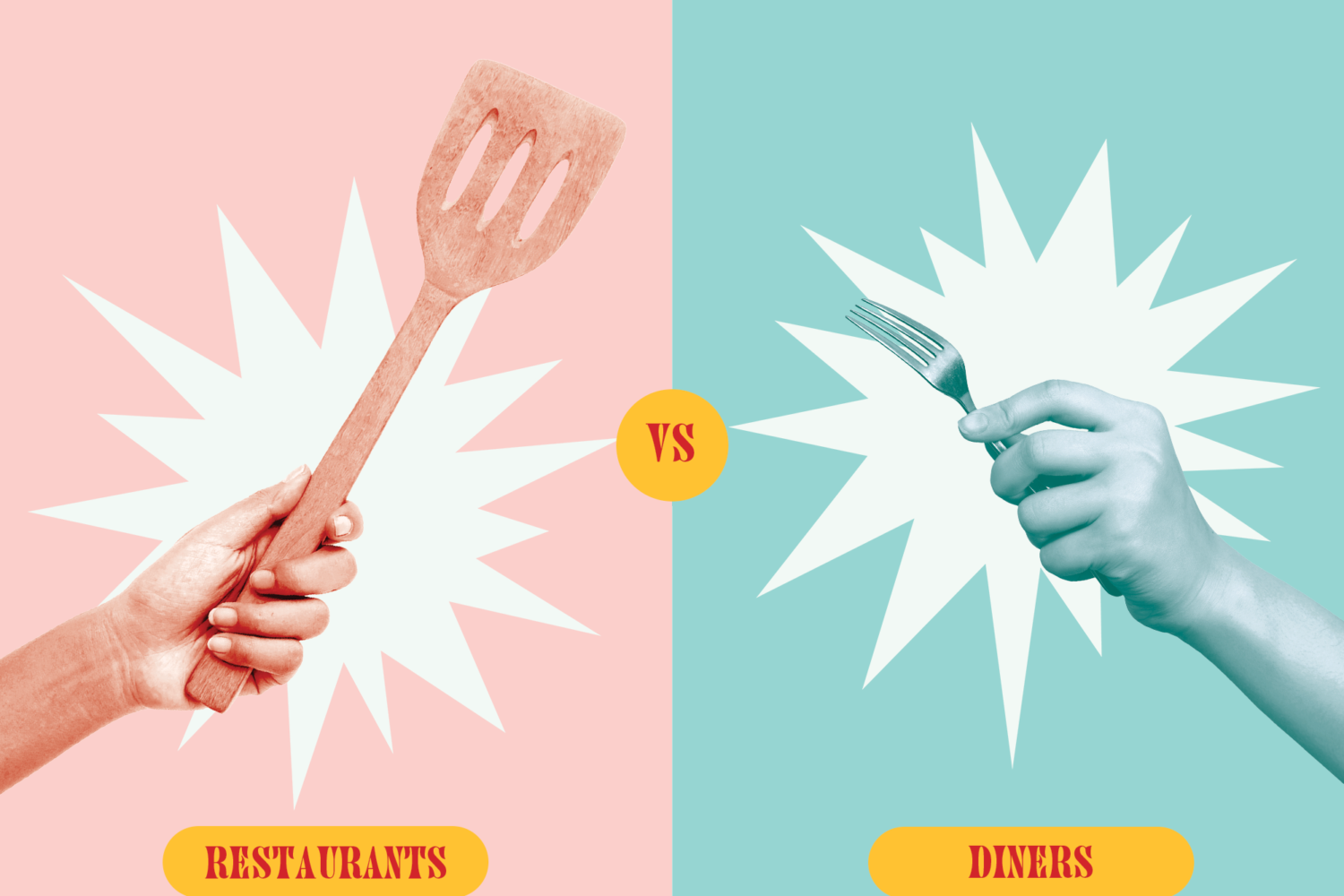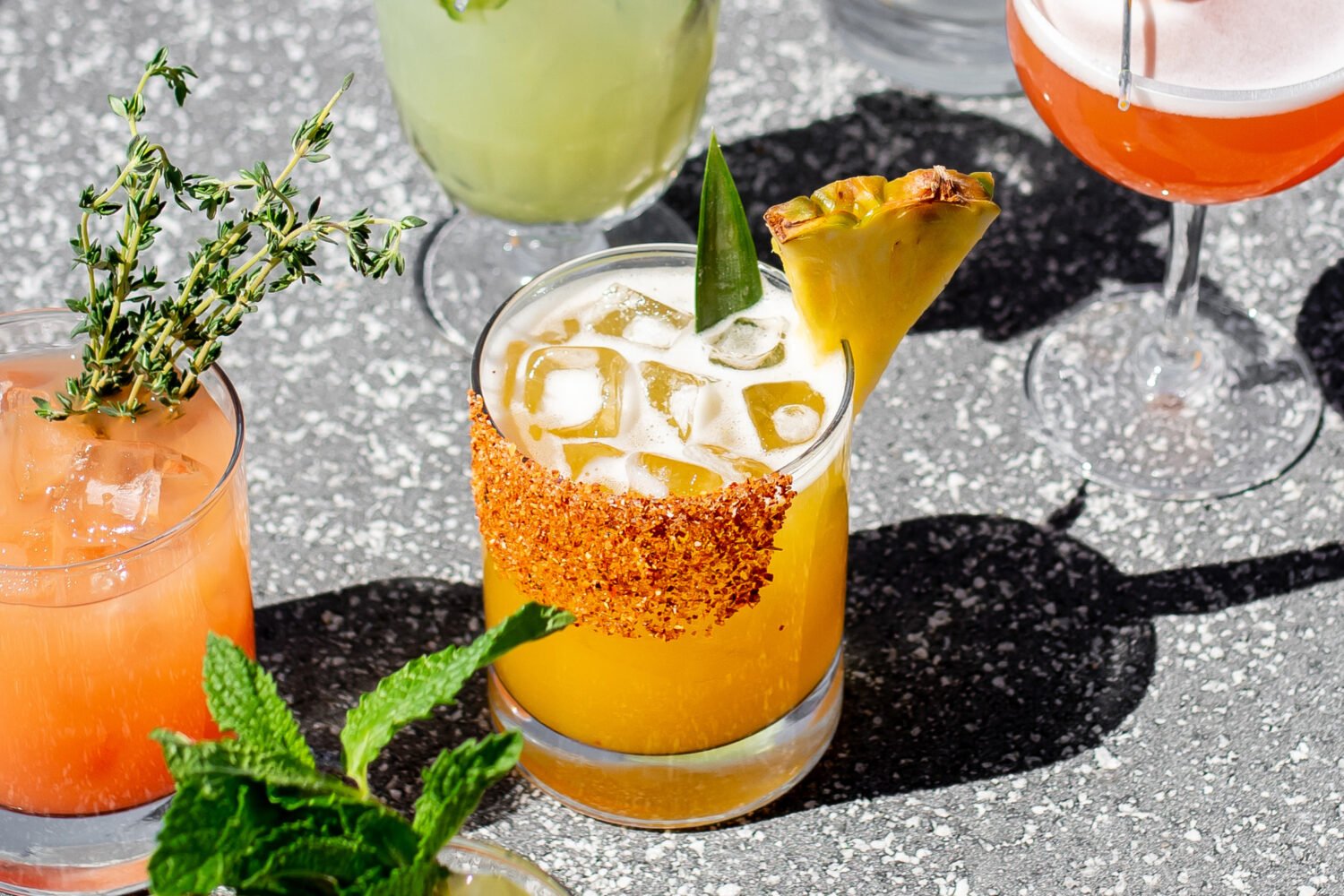If you’ve dined out lately, you’ve probably encountered something like this when the check arrives: an automatic 18-to-22-percent service charge tacked onto the bill—plus a line for leaving a tip. Confused? You’re not the only one.
Does your server still expect you to tip? How much should you add? And where’s the money going? A math-and-etiquette quiz is the last thing you want at the end of an evening—especially after a few too many martinis.
Unlike the more typical discretionary gratuity, a fixed service charge is not legally required to go to your server. In some cases, it’s divvied up among front-of-house staff—waiters, bussers, and hosts. In others, it goes toward higher wages and sometimes health benefits for an entire restaurant—from bartenders to line cooks. Technically, though, restaurants can use those dollars for whatever they want.
The service-charge model gained popularity during the pandemic as a way to offer more wage stability to waitstaff whose income fluctuated wildly with each new Covid variant and restriction. But for some restaurateurs, changing the pay structure is just one attempt to fix what they see as a deeply flawed system. They’re using the fee to bridge the pay disparities among employees (wages for non-tipped positions such as prep cooks can be abysmal) while trying to make their staff’s livelihoods less dependent on the whims and biases of strangers.
“I have been working in the restaurant business pretty much since I was 14,” says Hollis Silverman, an alum of ThinkFoodGroup who now operates Capitol Hill spots the Duck and the Peach, La Collina, and the Wells cocktail bar. “You see a lot of things, and you realize really how messed up the whole business is in the way that people are paid and how they’re living compared to other professions.” Each of her three places has a 22-percent service charge, which goes toward paying all hourly staff a base wage between $18 and $30 an hour, plus providing health, vision, and dental benefits. Anything customers add on top is split among the entire staff based on the shifts they’ve worked.
But not everyone in the industry is a fan. Some servers and bartenders say they can make much more money with a traditional gratuity system. The staff at the Red Hen in Bloomingdale, for example, recently pushed to discontinue the Italian dining room’s service charge. “They wanted a little bit more control over their own financial future,” co-owner Mike Friedman says. Still, sister restaurants All-Purpose, the Shaw and Navy Yard pizzerias, are keeping their 20-percent service charge. And the service-fee model could become even more ubiquitous with new ballot initiatives again aimed at eliminating the tipped minimum wage, a system in which diners subsidize the majority of hourly employees’ wages through gratuity.
So should you still tip? We hate to tell you there’s no one right answer here. But after soliciting thoughts from diners, owners, and employees, our takeaway is this: The majority of people don’t offer a gratuity on top of a service charge, and the majority of restaurants don’t expect them to. That said, if you are inclined to add more for great food and service, then 5 to 10 percent is considered a nice gesture.
“I appreciate the extra tips more than being frustrated by the non-tippers,” says bartender Dylan Curtis, who works at the Purple Patch, a Filipino spot in Mount Pleasant. The restaurant has an automatic 20-percent service charge, and Curtis estimates that roughly a third of his customers add extra gratuity. When they do, it’s about 5 to 7 percent more. Curtis’s advice: Add it up to whatever you’d normally tip.
Lutèce general manager Elizabeth Parker says tipping is not expected on top of the Georgetown French bistro’s 22-percent service charge—only about one out of five diners does it. The staff is “always surprised and grateful,” she says. “Even though they’re totally taken care of, it’s a compliment, basically, at that point.”
Still, are some servers or bartenders secretly resenting you for not tipping extra? Well, sometimes.
“There’s a part of me that definitely begrudges them for not leaving at least something,” says one cocktail bartender, who, like others in this story, requested anonymity in order to speak candidly. “I don’t think 20 percent is generally a great amount overall. . . . I’d say another 10 percent. That’s a very reasonable amount.”
Silverman encourages her staff to take a different approach when someone asks whether they need to tip. “We’d rather you just come back, tell someone about us,” she says. “Let’s say someone leaves, like, $10, $20, and that gets split between the entire staff. That’s not much per person. But if someone comes back and they have a whole other dining experience, that’s $10 compared to maybe a couple hundred.”
Most restaurants try to make their service charges as obvious as possible, posting notices on websites, menus, and checks and instructing servers to remind diners. Despite those efforts, Tiki on 18th and the Game Sports Pub owner Jo-Jo Valenzuela says he stills gets four to five calls a week from customers who weren’t aware of the policy and want to adjust their checks.
But while one former Tiki on 18th server says staff at the Adams Morgan bar was repeatedly instructed to remind customers of the charge, that didn’t do much. “Half the servers just didn’t tell people, and they were pulling in, like, 40 percent. That wasn’t cool with me,” he says. “Unless it’s blinking and neon that there’s gratuity included, maybe only one person at an eight-top realizes that, and that’s if they’re lawyers.”
That anonymous cocktail bartender, who previously worked at Cotton & Reed, says it sometimes got “really annoying” to have to remind customers of the rum-distillery bar’s 20-percent auto-gratuity. “When we’d be crazy busy on a Friday, I just don’t have the time to physically tell every single guest, ‘By the way, by the way, by the way . . . .’ If I ever had to deal with someone who was rude, you better believe I’m not saying anything to you.”
But being transparent about the existence of a service charge is just the first step. Restaurants need to be more explicit about their expectations—and how the money is used. The Little Grand, a new pizza bar off H Street, Northeast, is more direct than most when explaining its 22-percent service charge. “Tipping is NOT expected,” the menu reads.
But if it’s genuinely not expected, why do their checks still have a tip line? Perhaps counterintuitively, some restaurateurs who might otherwise be inclined to nix it say it’s the diners who insist on keeping it around. “Places that are not allowing any tipping at all, a lot of the regulars would get very flummoxed about not being able to leave a little something. And it would turn into kind of an awkward conversation,” Little Grand co-owner Soung Wiser says. “It’s truly there to just accommodate a handful of people, and it’s not there as a guilt-trip measure.”
Cathedral Heights pizzeria 2 Amys is one of the rare restaurants without a service charge or tip line. Owner Peter Pastan feels duped or guilty when he encounters the combination at other places. Instead, his restaurant’s costs are baked into his menu’s prices—something others say they’re reluctant to do because of sticker shock.
“It avoids confusion,” Pastan counters. “My thinking is I have no idea why there’s any difference between a job waiting tables and a job working at a bank or a job working for a tech company or a job working for a magazine. You come in and you do your job and you get paid and you go home. And if you do a crappy job, your boss talks to you.”
This story has been updated to reflect that Hollis Silverman’s group is paying employees a minimum wage of $18 an hour, not $20. She plans to bump the base pay to $20 an hour in the near future.

